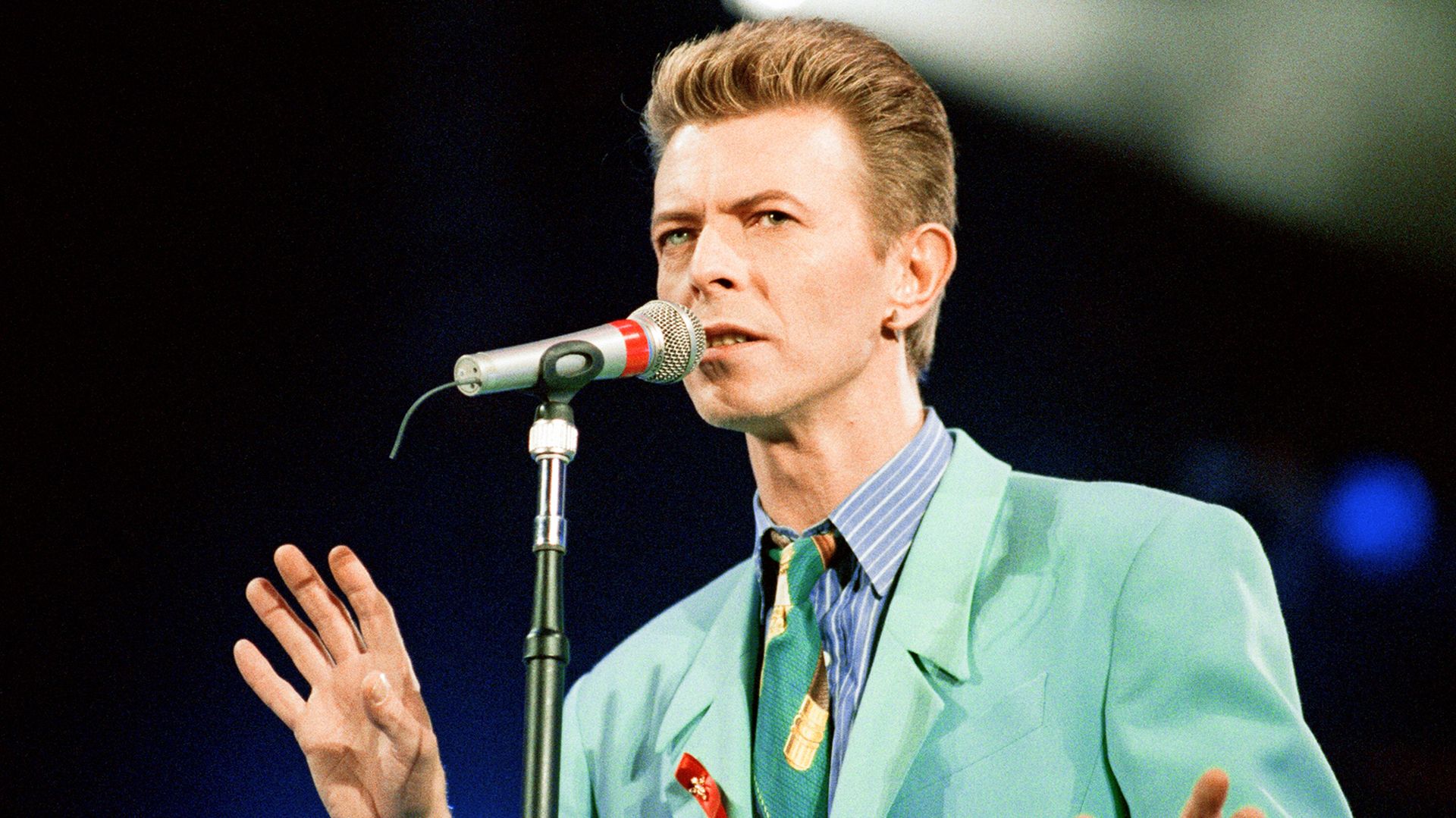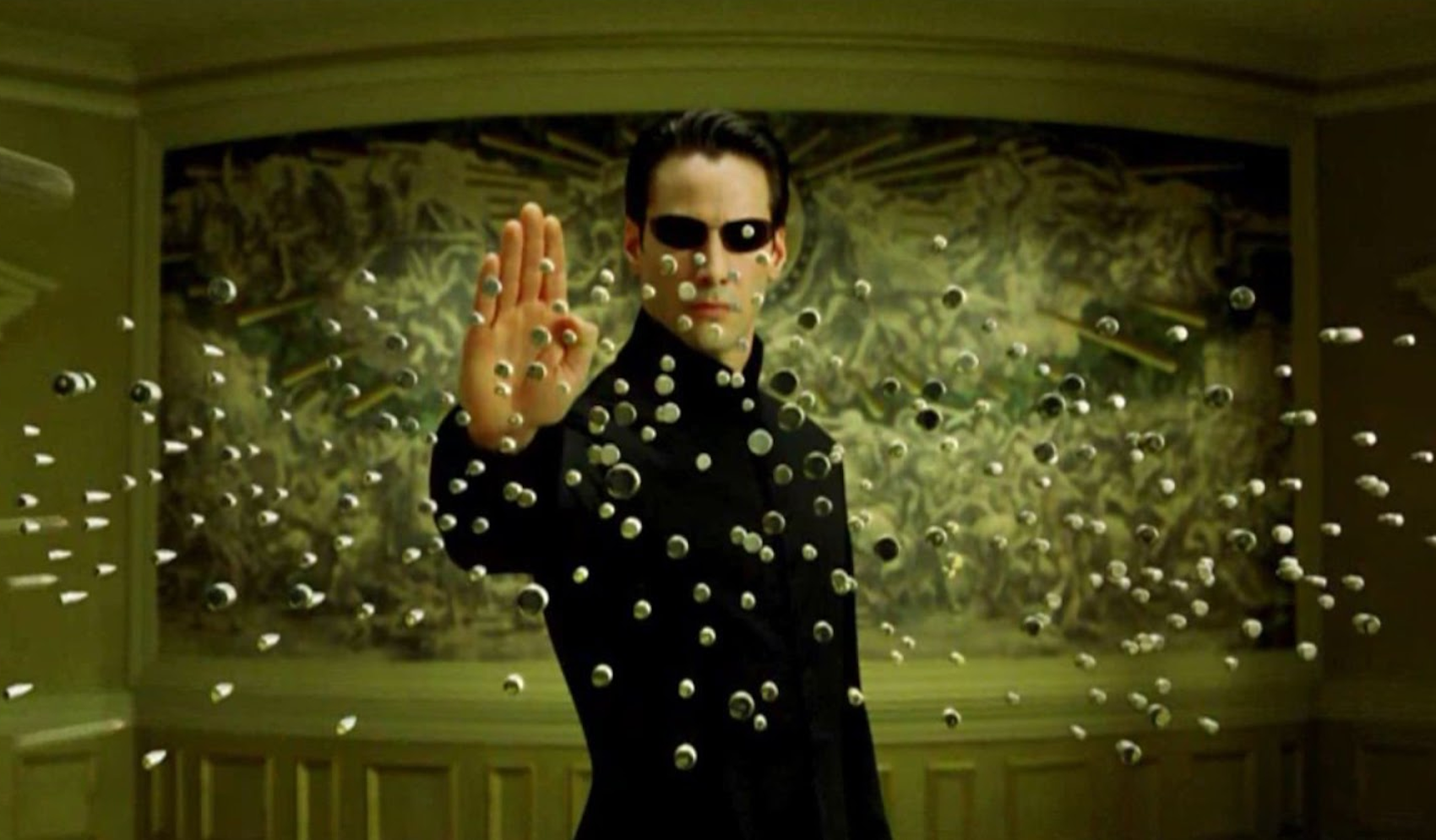David Bowie’s name remains synonymous with reinvention, artistry, and a fearless approach to creativity. Throughout his career, the iconic musician constantly challenged the limits of sound, style, and performance, shaping not just the music industry but modern culture as a whole. Even after his death in 2016, Bowie’s influence continues to echo across generations, inspiring musicians, visual artists, filmmakers, and fans around the globe.
At this moment, a new segment in his narrative has unfolded. Recent announcements verify the finding of a previously undiscovered project concealed in Bowie’s private study, remaining sealed and unexplored for a long time. This discovery has ignited fervent conjecture, as fans and researchers attempt to envision what this ultimate creative endeavor might disclose about the psyche of one of music’s most mysterious personalities.
The find occurred during an extensive archival process aimed at cataloging and preserving Bowie’s vast collection of artistic materials. His archives contain decades of notebooks, lyric sheets, stage designs, and experimental works — a treasure trove that reflects the restless curiosity that defined his life. Among these materials, archivists encountered a collection that stood apart: documents and recordings suggesting the blueprint for an ambitious project Bowie never shared with the public.
While concrete details are scarce, early descriptions hint at something more than just a series of songs. Those familiar with the archive suggest that this body of work may combine elements of music, storytelling, and visual art — a multi-layered concept consistent with Bowie’s love of blending mediums. From The Rise and Fall of Ziggy Stardust to Blackstar, his final album, Bowie often treated his work as a complete narrative experience rather than isolated tracks. This secret endeavor appears to follow that same philosophy.
The exact moment of the project’s inception is uncertain, but numerous individuals suggest it may trace back to Bowie’s last years, alongside his work on Blackstar. Debuting in January 2016, merely two days prior to his passing, Blackstar was a poignant goodbye, rich with enigmatic allusions and daring musical exploration. Should the recently unearthed piece originate from this timeframe, it might provide significant understanding into Bowie’s creative mindset as he pondered over his own mortality and legacy.
What makes this revelation so compelling is not just the existence of new Bowie material but what it symbolizes. For an artist celebrated for constant evolution, this hidden creation underscores his lifelong commitment to pushing boundaries, even in his final days. Bowie never stood still. Each reinvention — from glam rock alien Ziggy Stardust to the Berlin-era experimentalist to the elegant Thin White Duke — reflected a refusal to settle. This newly uncovered project suggests that his spirit of innovation endured until the very end.
As news of the discovery circulates, questions arise regarding the future of these materials. Should the work be completed and released to the public? Or should it remain private, preserving the mystery Bowie so often embraced? These ethical considerations are not new in the music industry. Posthumous releases frequently spark debate about artistic intent, and Bowie, known for meticulous control over his image and output, may never have intended this project to surface.
Representatives of Bowie’s estate have remained tight-lipped, emphasizing that any decisions will prioritize respect for the artist’s legacy. Fans, meanwhile, have taken to social media to voice their hopes and concerns. Some dream of hearing Bowie’s last experiment, while others fear commercialization could overshadow authenticity.
The discovery also reinforces how deeply Bowie’s artistry transcended music. His influence spanned film, fashion, and visual design, with each era defined by a new aesthetic and conceptual framework. This final project, whatever form it takes, could represent one more bold statement from an artist who never stopped surprising the world.
Historians and cultural critics suggest that even if this work is never fully unveiled, its existence adds to the narrative of Bowie as an innovator until his final breath. In an era when many artists recycle formulas, Bowie remained restless, curious, and fearless — qualities that continue to inspire new generations of creators.
Currently, the materials within this concealed collection are being thoroughly examined. Regardless of whether these documents will be disclosed or remain confidential, they stand as a strong testament to Bowie’s lasting influence and his defiance of conventional norms. His legacy never centered on closure; it focused on change — and even in passing, that essence persists.
David Bowie once said, “I don’t know where I’m going from here, but I promise it won’t be boring.” True to his word, his story continues to evolve in ways no one could have predicted. This latest revelation proves that the journey of understanding Bowie is far from over — and the world is eager for whatever truths this hidden work may hold.




